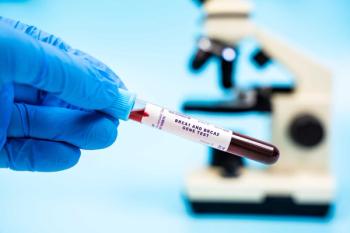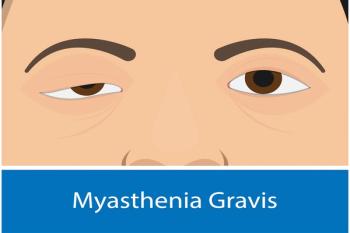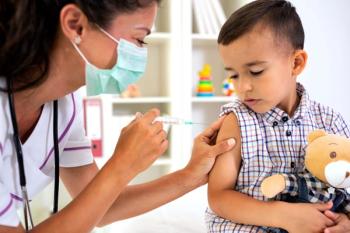
Family Key to PAH Care for Women, but Gaps Remain
Key Takeaways
- Family members, especially spouses and parents, are the main caregivers for women with PAH, but may not fully meet their needs.
- Women with PAH often require additional support services beyond what informal caregivers provide, particularly in severe cases.
This study highlights the vital role of caregivers in supporting women living with pulmonary arterial hypertension (PAH) and underscores the need to enhance caregiver support and address unmet needs to improve patient outcomes.
Family members, primarily spouses and parents, provide a majority of the caregiving for women living with
“PAH has a 2 to 4 times higher occurrence among women compared to men,” the authors write, “and more specifically women of childbearing and childrearing age.”2,3
Women aged 21 to 50 years responded to a 45-minute web-based quantitative survey that was administered in several countries. Patient-reported outcome measures were obtained via quantitative data, and additional questions were customized to best address disease burden. In addition to the age range previously mentioned, to qualify for the survey, the women had to have a self-reported diagnosis of World Health Organization (WHO) Group 1 PAH confirmed by a medical professional, a visit to a PAH specialist in the last year, and be on PAH treatment at survey screening. Comorbidities were not allowed and meant exclusion.
Sixty-four percent of caregivers were spouses, followed by parents (45%), relatives and friends (32% each), children and a therapist (16% each), professional caregivers (15%), and colleagues (5%). One percent of the surveys reported no support.
Drilling down to type of support from spouses, cheering was most common (56%), with financial support coming in second (55%); checking on feelings, helping with household duties, and taking care of older patients were not far behind, at 54%, 52%, and 49%, respectively. When type of support from parents or relatives was refined, 47% and 36%, respectively, were said to “check in”; 39% and 28% expressed concern; and 38% and 27% helped to boost patient morale.
These types of support, although positive, often conflicted with need priorities, according to patient responses. From parents, the types of caregiving and support most often needed in the past month were for household duties (88%, US; 66%, European Union/Canada), caring for parents and children (82% and 66%, respectively), and with finances (72% and 90%). From spouses, caring for parents and children was #1 (7% each), followed by household duties (4% and 5%), and with finances (4% each).
The research did not identify a correlation between the number of caregivers patients required based on their PAH severity; however, patients who had more severe PAH (WHO functional class 3 and 4 disease) did require more support compared with patients who had less severe PAH (WHO functional class 1 and 2 disease).
Limitations on these findings include potential for sampling bias due to the nonrandom sampling method; participants defaulting to responses that they believe are socially desirable vs based on their own experiences or thoughts; and inaccurate recall of past events.
Overall, the women with PAH to whom the authors spoke were likely to activate a caregiver network and receive support for varying needs if the network was available and they had access. But their responses also highlighted areas of ongoing need.
The authors explain that to make progress against inadequate networks of care and to bolster the areas where more support is needed, “further research is needed to investigate areas where patients do not have full coverage from their information caregiver network and explore to what extent these patients are linked to formal support programs to cover those needs.”
References
- Thakur T, Preston IR, Watzker A, et al. Caregiver network and caregiving needs among women with pulmonary arterial hypertension (PAH). Presented at: American Thoracic Society International Conference; May 16-21, 2025; San Francisco, CA. Poster 254.
- Krzyżewska A, Kurakula K. Sex dimorphism in pulmonary arterial hypertension associated with autoimmune diseases. Arterioscler Thromb Vasc Biol. 2024;44(10):2169-2190. doi:10.1161/ATVBAHA.124.320886
- Pagnesi M, Riccardi M, Savonitto G, et al. Sex differences in pulmonary arterial hypertension: insights from the FOCUS-PAH registry. Int J Cardiol. 2025 Jul 1:430:133180. doi:10.1016/j.ijcard.2025.133180
Newsletter
Stay ahead of policy, cost, and value—subscribe to AJMC for expert insights at the intersection of clinical care and health economics.













































